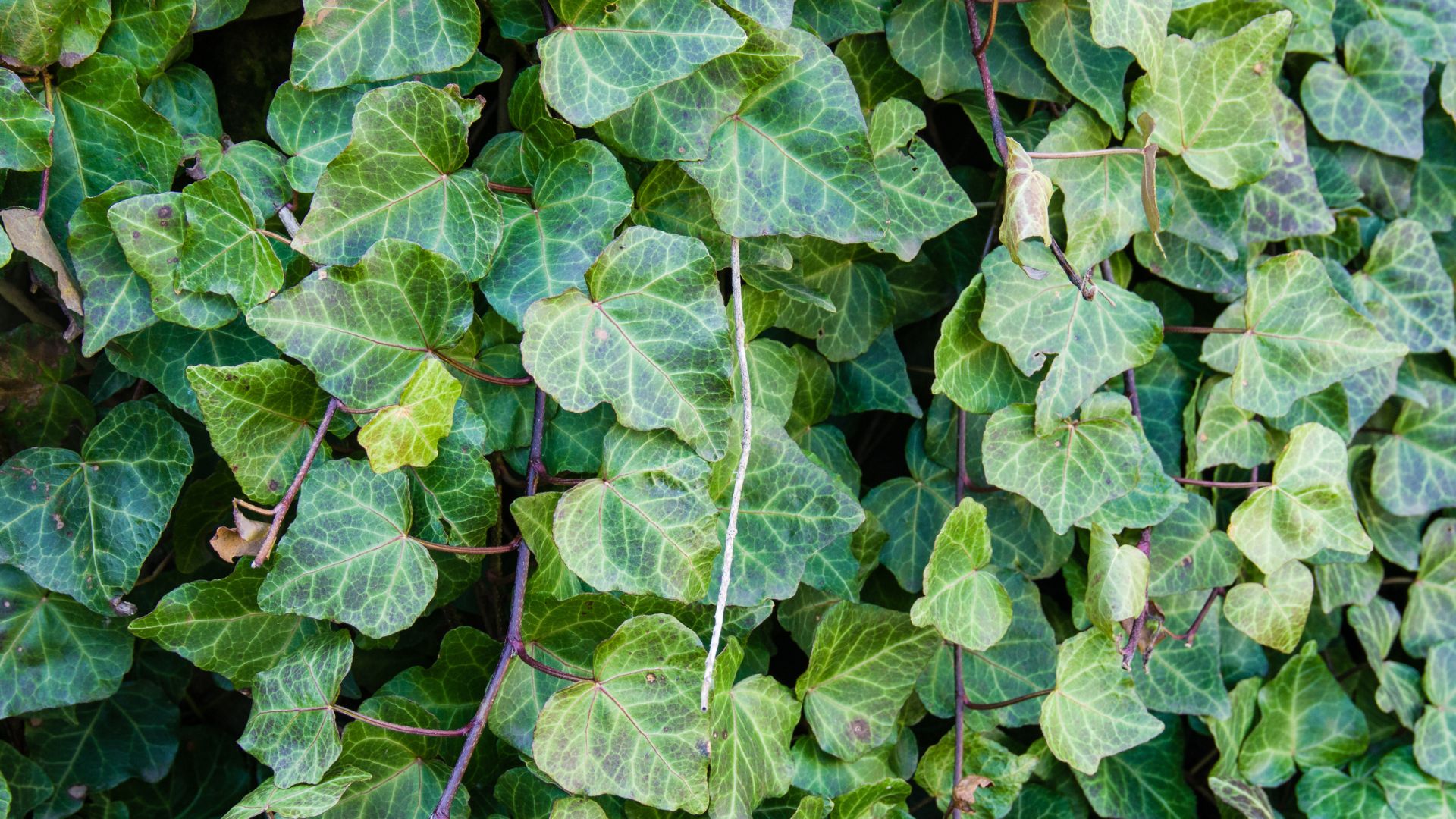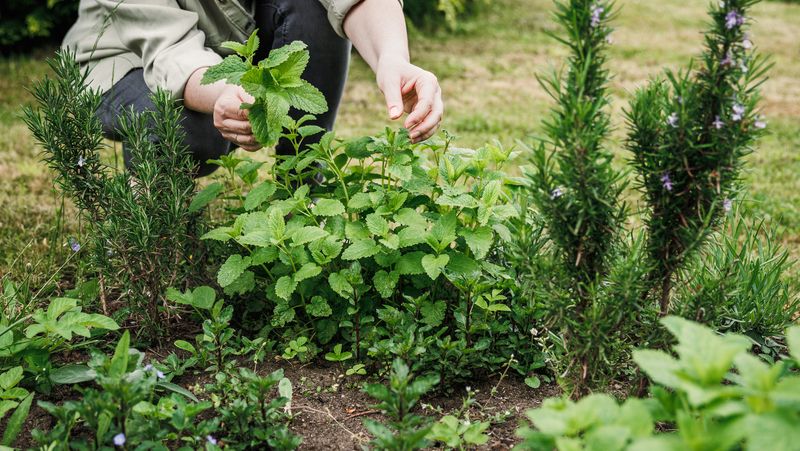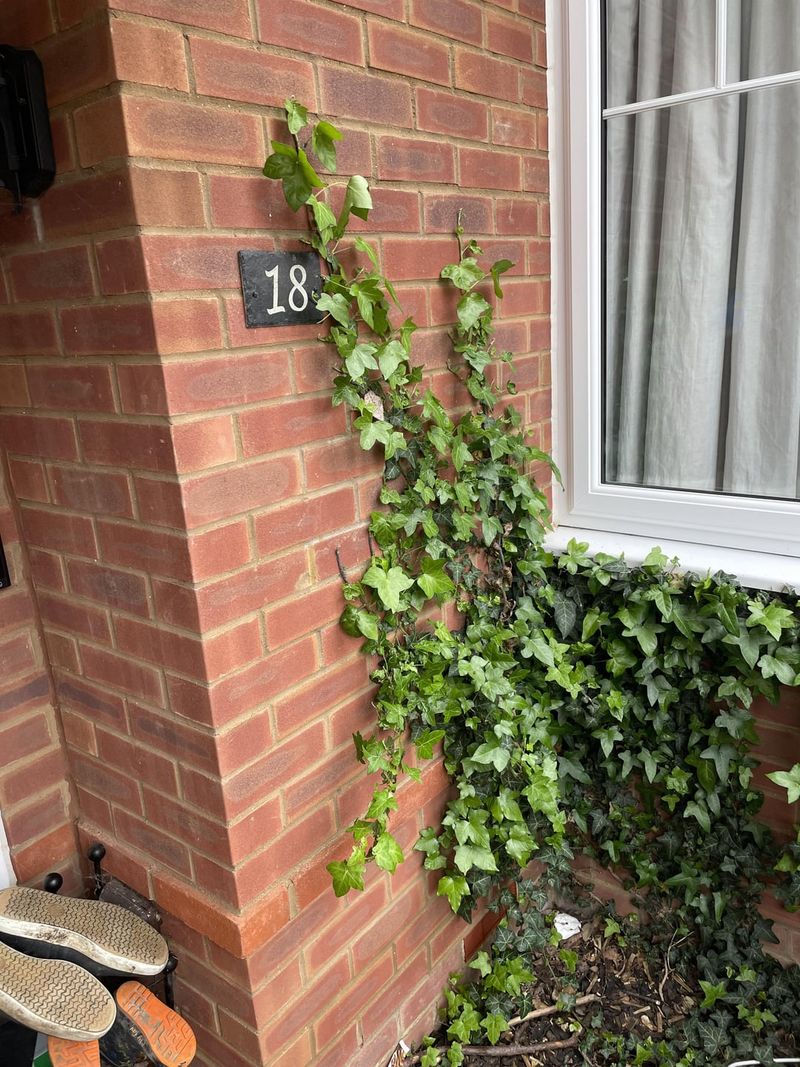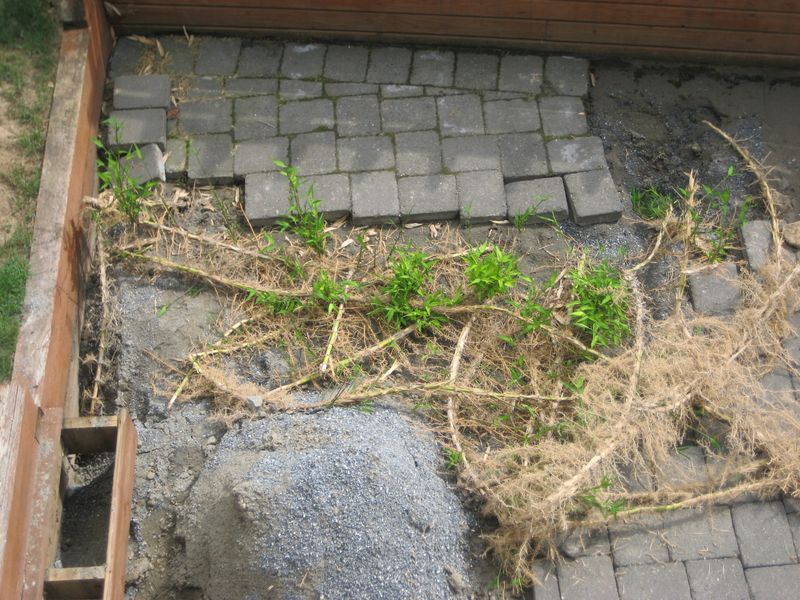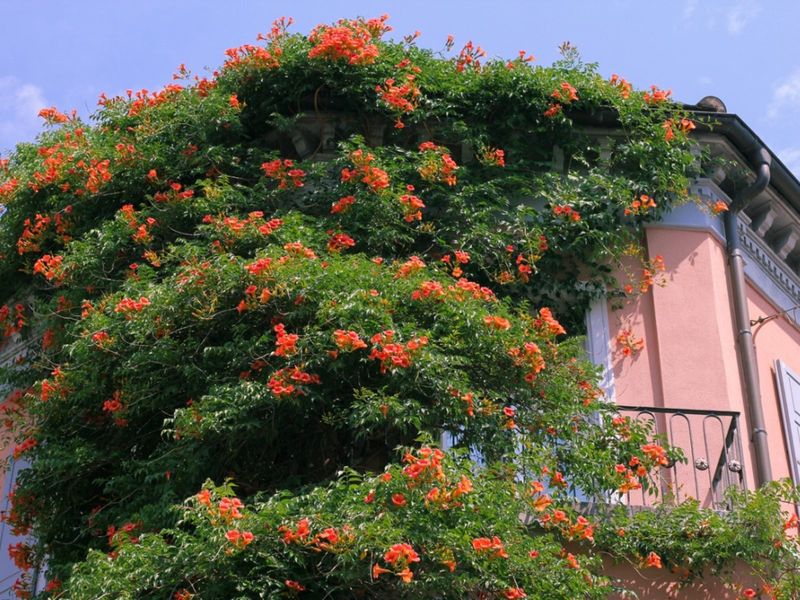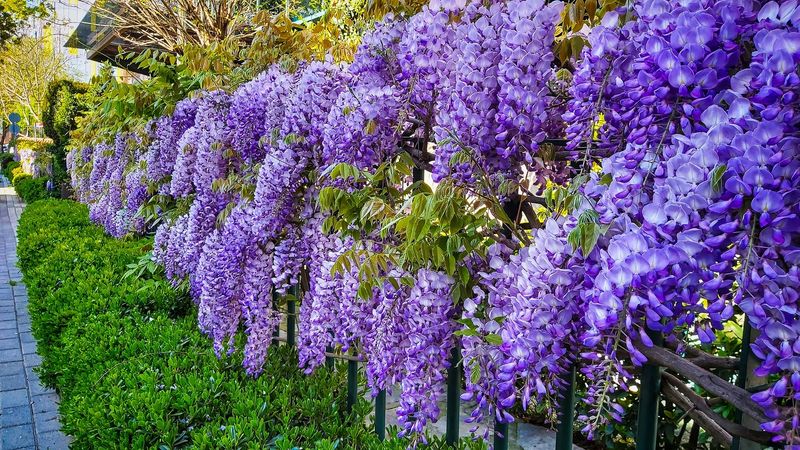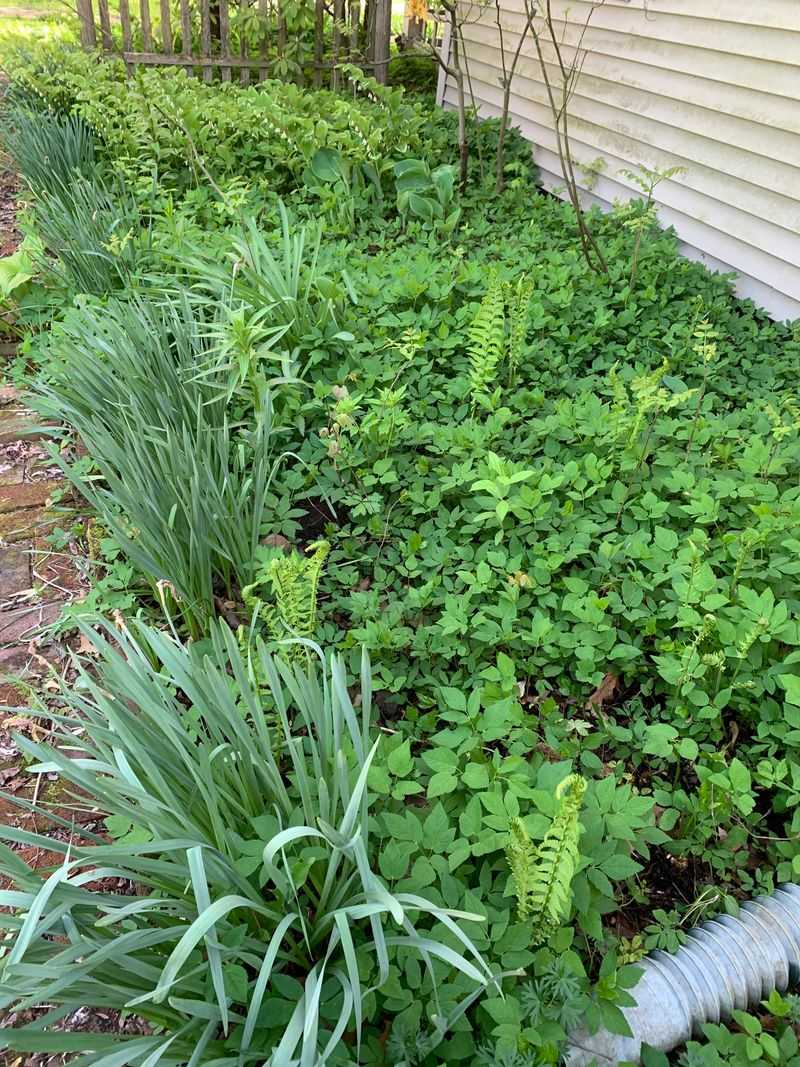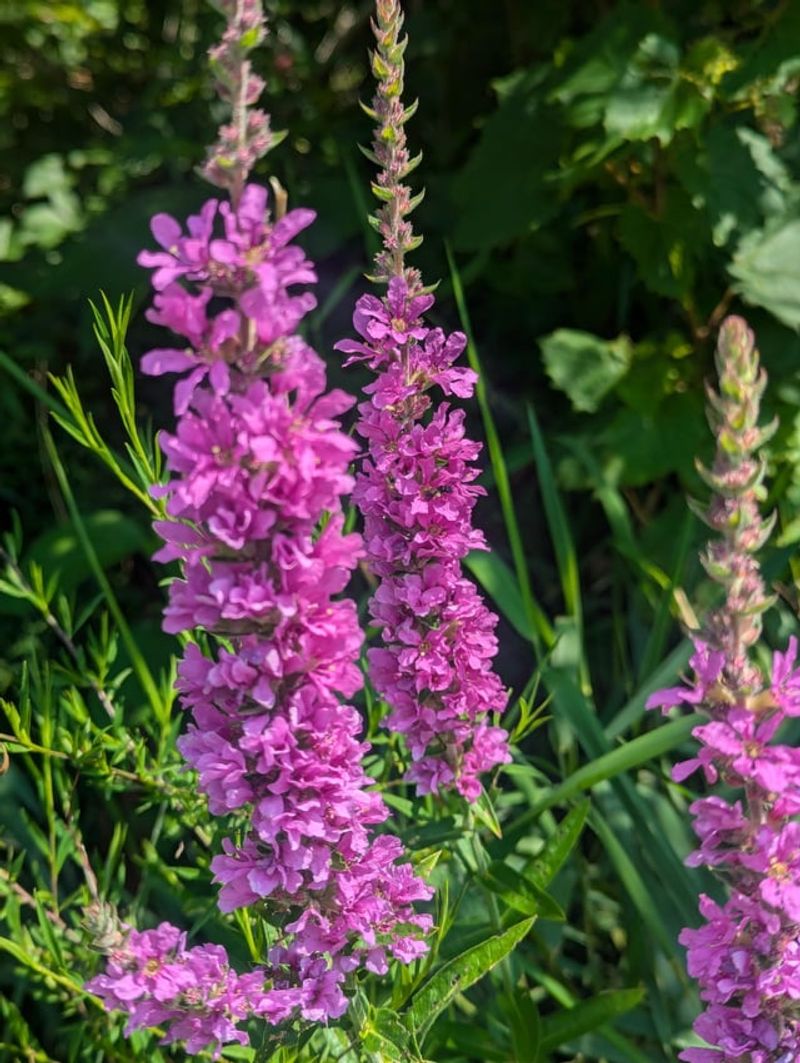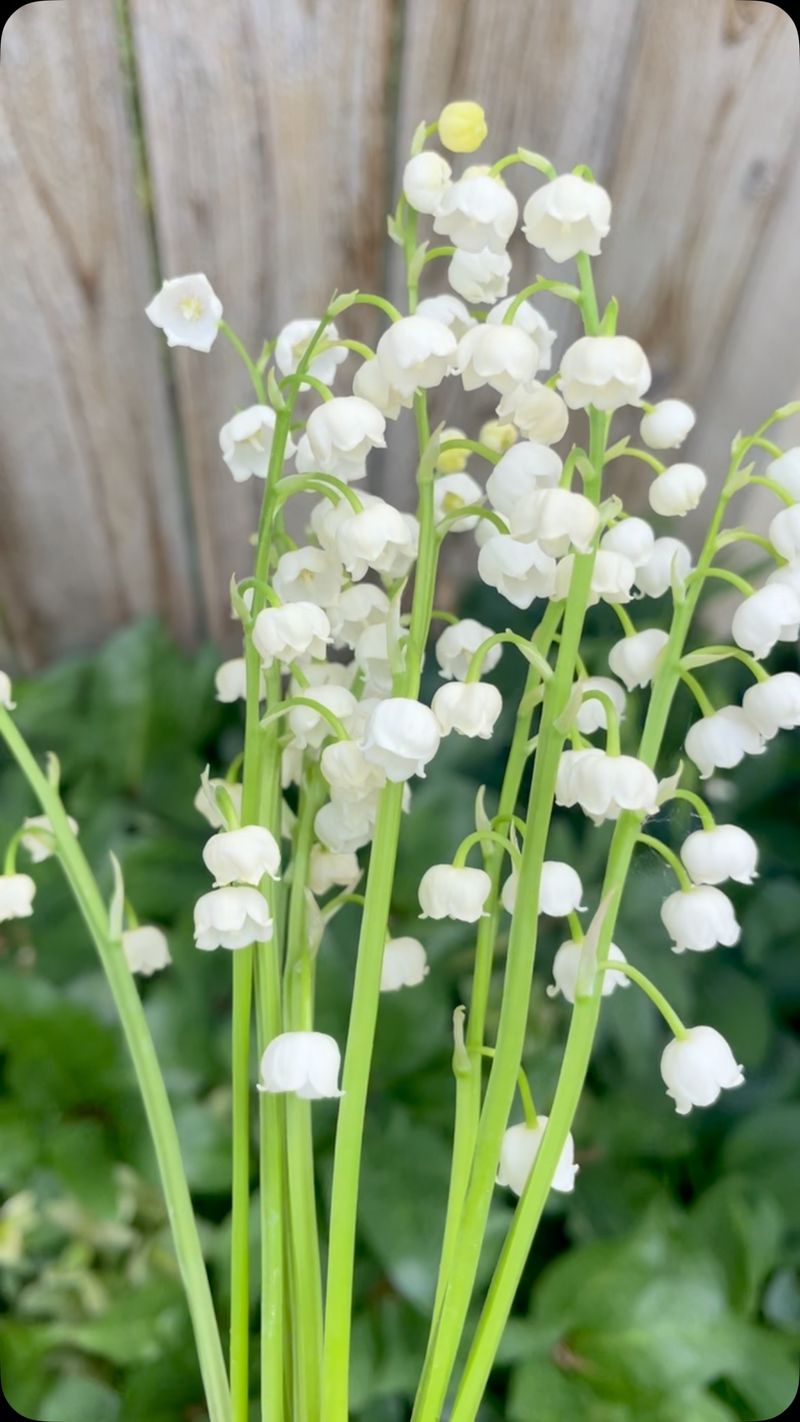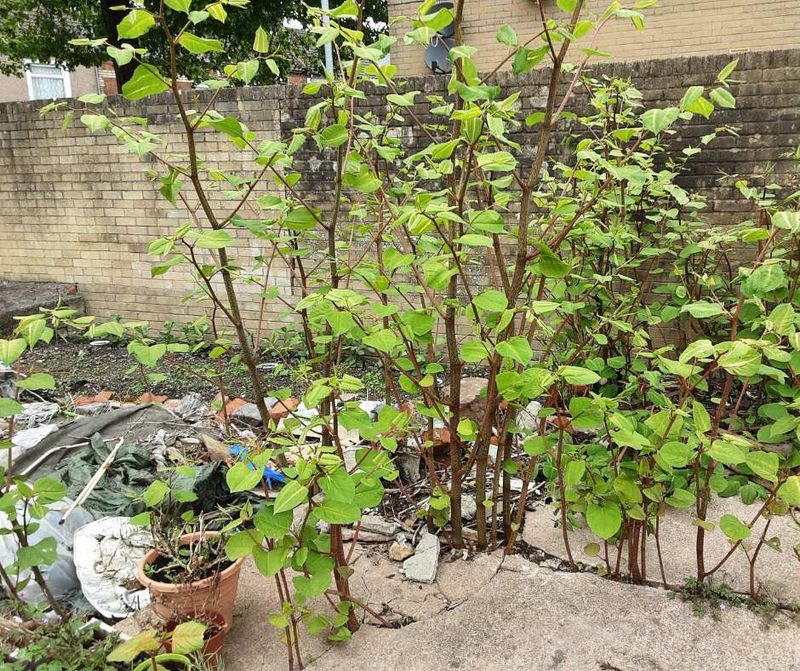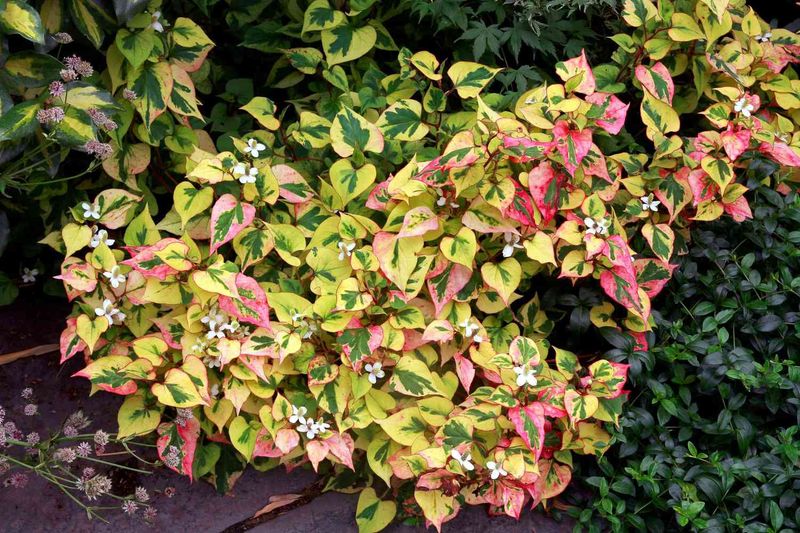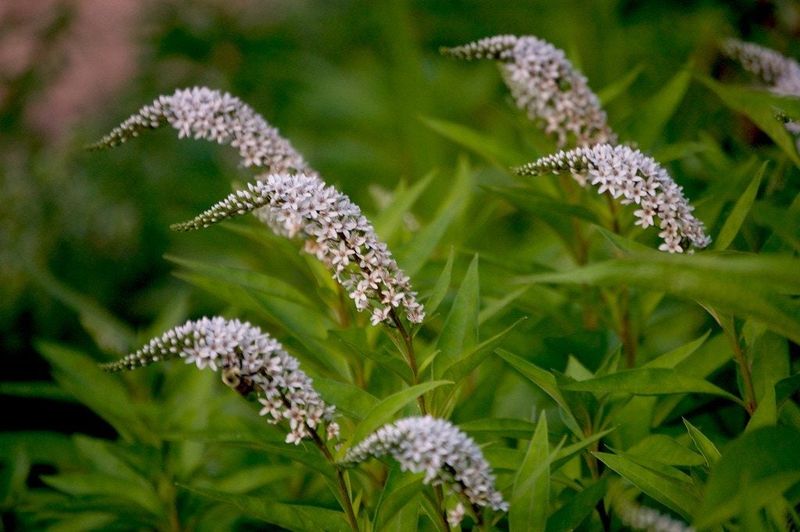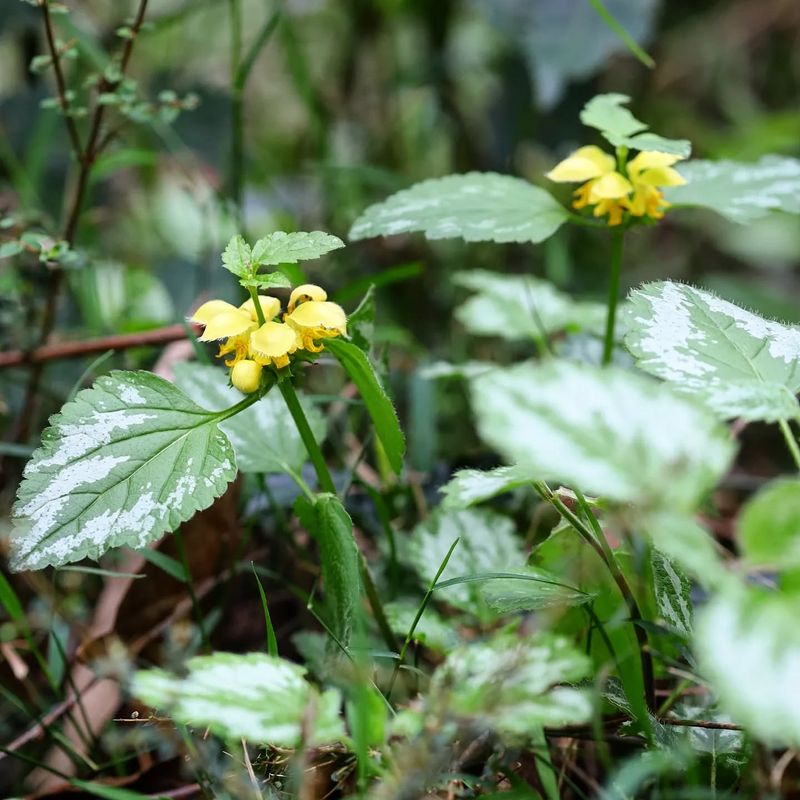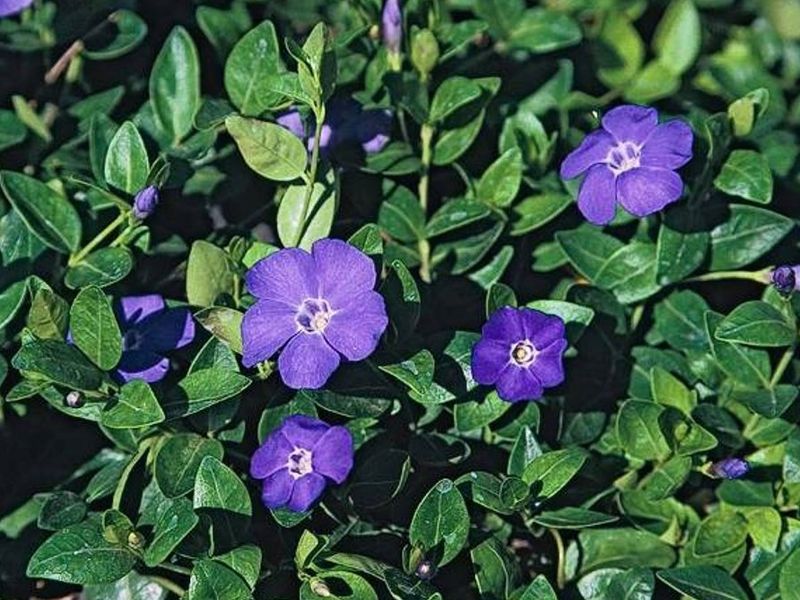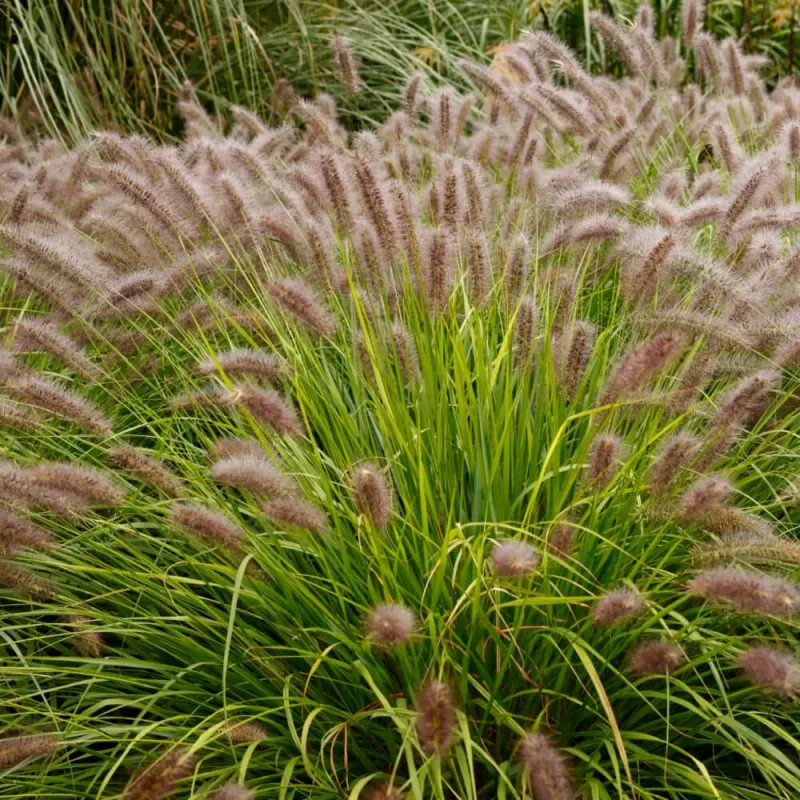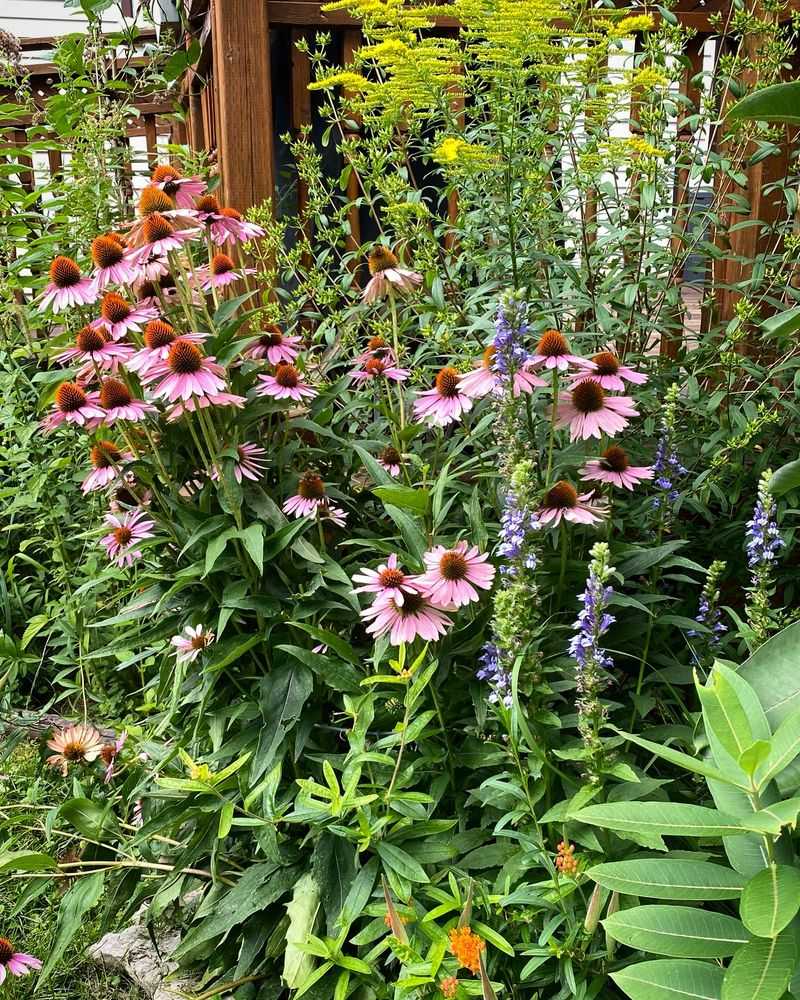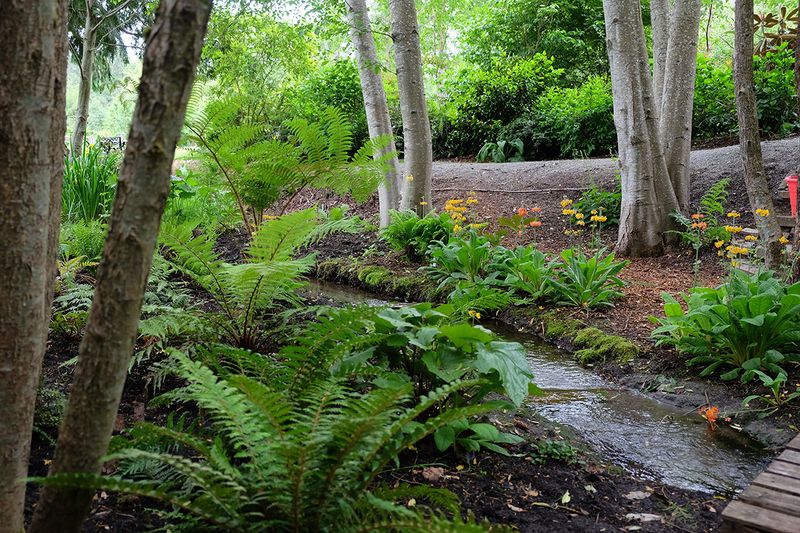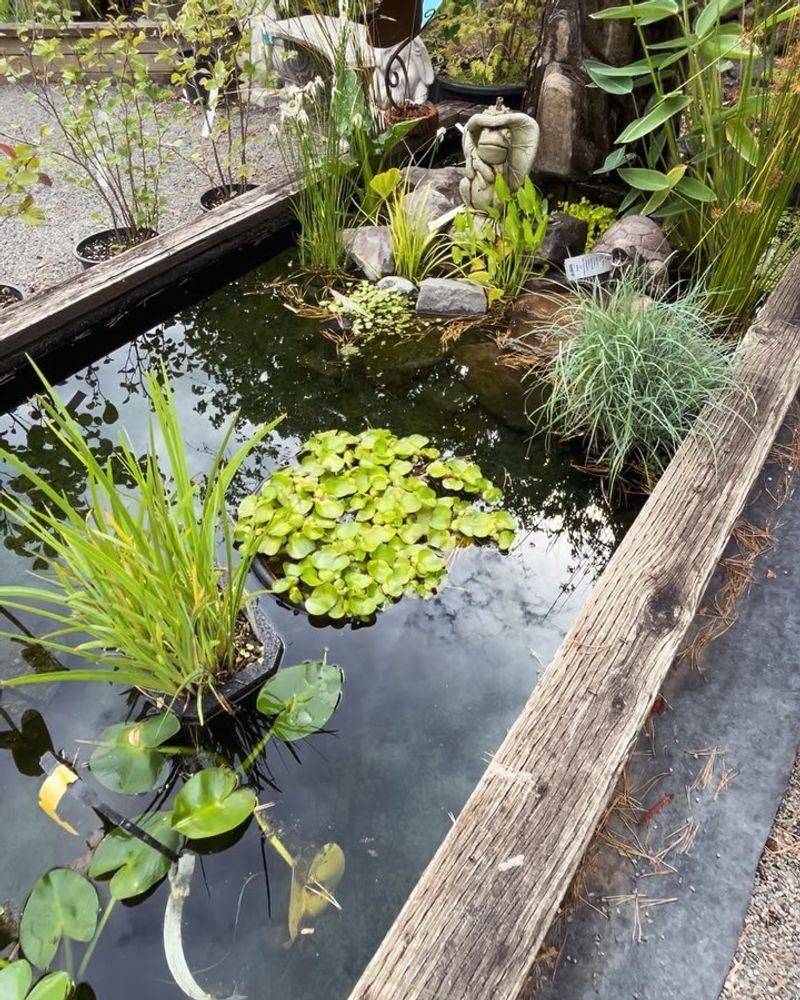We all want beautiful, low-maintenance gardens that come back year after year. That’s the allure of perennials – plant once, enjoy forever. But not all perennial plants play nice in the garden.
Some spread like wildfire, taking over every inch of available soil. Others grow so aggressively they can damage foundations, crack pavement, or choke out neighboring plants.
I’ve made my share of planting mistakes over the years. That innocent-looking perennial in the garden center pot might become next season’s backyard nightmare. Let’s look at which popular perennials could spell trouble for your yard, and what to plant instead.
1. Mint
My first garden lesson came from planting mint directly in the ground. What a rookie mistake! Within months, mint runners had invaded half my herb garden.
Mint spreads through underground stems called rhizomes that can travel several feet from the original plant. Breaking these rhizomes by digging only creates more plants. Even tiny root fragments left behind will regenerate.
If you absolutely must grow mint, keep it contained in pots – preferably elevated ones. I now grow mine in hanging baskets where the aromatic leaves cascade beautifully without any chance of escape.
2. English Ivy
Those charming English cottage gardens with ivy-covered walls? They’re hiding a secret – English ivy is actually a nightmare once established. The aerial rootlets cling to and damage mortar, wood siding, and even burrow under shingles.
Left unchecked, this evergreen climber will engulf trees, blocking sunlight and eventually killing them. Birds spread the seeds into natural areas where it smothers native vegetation.
Removing established ivy requires persistent cutting, pulling, and often chemical treatment. I spent three summers battling it after inheriting a yard with mature ivy plantings.
3. Bamboo (Running Varieties)
The soothing rustle of bamboo might seem perfect for creating a zen garden space. But running bamboo varieties will quickly destroy that peaceful feeling when they pop up in your lawn, vegetable garden, and even through cracks in concrete!
Some bamboo rhizomes can spread 3-5 feet per year horizontally, and specialized equipment is often needed for removal. The underground network grows deeper and more extensive each season.
A neighbor’s bamboo invaded my yard, and even after professional removal, shoots continued emerging for two more years. Always choose clumping bamboo varieties if you want this plant in your landscape.
4. Trumpet Vine
Hummingbirds adore trumpet vine’s vibrant orange tubular flowers, which is why I originally planted it. Nobody warned me about its aggressive nature.
This woody vine doesn’t just spread through seeds – it sends out underground runners that can emerge 20 feet from the parent plant. The vine’s aerial roots cling tenaciously to structures, and it can grow heavy enough to pull down fences and trellises.
Removing trumpet vine requires digging out all roots and runners, often repeatedly over several seasons. If you see “vigorous grower” on a plant tag, that’s often code for “will take over your yard.”
5. Wisteria
Those cascading purple blooms make wisteria a romantic garden dream. But this woody vine quickly becomes a nightmare with stems that can reach 10 inches in diameter and exert enough force to crush arbors and pull down gutters.
Chinese wisteria grows up to 10 feet in a single season. Its weight alone can collapse structures not built to engineering specifications. The root system is equally aggressive, damaging foundations and pipes.
After watching a neighbor’s wisteria destroy their porch, I removed mine despite its beauty. American wisteria (Wisteria frutescens) offers a somewhat less aggressive native alternative if you’re set on growing this plant.
6. Bishop’s Weed
Sometimes called goutweed or snow-on-the-mountain, the variegated form of this plant appears in many nurseries as an attractive ground cover. Don’t be fooled by its pretty leaves!
Bishop’s weed creates a dense mat that chokes out everything in its path, including trees and shrubs. The roots break easily when pulled, with each fragment capable of starting a new plant. It tolerates sun, shade, drought, and poor soil.
I inherited this in my first home’s garden and spent five years trying to eradicate it. Even black plastic sheeting left in place for a full season didn’t fully eliminate it from my beds.
7. Purple Loosestrife
Those gorgeous purple spikes might look innocent in the garden center pot. One plant produces over two million seeds annually, each capable of remaining viable in soil for years.
Purple loosestrife has devastated North American wetlands by crowding out native vegetation critical for wildlife. Many states have banned its sale entirely. The root system becomes so dense that it’s nearly impossible to remove without excavation equipment.
I once admired this plant in a catalog before learning about its destructive nature. If you want similar purple spikes, native blazing star (Liatris) provides the same aesthetic without the environmental damage.
8. Lily Of The Valley
Those sweetly scented, delicate white bells seem so innocent. Yet lily of the valley forms such dense colonies through underground rhizomes that it can prevent trees and shrubs from establishing.
Every part of this plant is highly toxic, posing serious danger to children and pets. Removal requires digging out all rhizomes, which can regrow from tiny fragments left behind in the soil.
After planting some near my patio, I watched in dismay as it marched steadily into my lawn. Five years later, I’m still finding patches popping up in new areas. Beautiful but merciless in its spread.
9. Japanese Knotweed
Bamboo-like stems and pretty white flowers make Japanese knotweed seem like an attractive addition to the landscape. In reality, it’s one of the world’s most invasive plants, capable of growing through concrete and asphalt.
The root system can extend 10 feet deep and 65 feet horizontally. In the UK, mortgage companies often refuse loans for properties with knotweed present because of potential foundation damage.
My friend’s property value dropped $20,000 when knotweed was discovered during a pre-sale inspection. Complete eradication typically requires professional treatment over multiple years with specialized herbicides.
10. Chameleon Plant
Garden centers often showcase this plant’s colorful variegated leaves in the “ground cover” section. What they don’t mention is its nearly unstoppable spreading habit and the pungent fishy smell released when leaves are crushed.
Chameleon plant spreads by both seeds and underground runners, forming dense mats that eliminate all competing vegetation. The roots are brittle and break easily, with each piece capable of regenerating.
I planted this in a moist area of my garden, thinking the bright colors would brighten the space. Three years later, I’m still trying to eliminate it completely after it invaded my neighbor’s yard.
11. Obedient Plant
Ironically named, there’s nothing obedient about this native perennial in garden settings. The name actually refers to how the individual flowers stay in position when moved, not its growth habit.
Underground rhizomes spread rapidly, creating dense colonies that crowd out neighboring plants. A single plant can expand to cover several square yards within just a few growing seasons.
Garden catalogs rarely mention this aggressive tendency. I planted three small plants that quickly became a 10-foot wide patch. While pollinators love it, be prepared to regularly pull up unwanted shoots or contain it with deep barriers.
12. Gooseneck Loosestrife
Don’t let those charming curved white flower spikes fool you. Gooseneck loosestrife is a garden thug that will rapidly take over through aggressive underground runners.
Unlike its truly invasive cousin purple loosestrife, this plant is still commonly sold in nurseries. It performs especially well in moist areas, though it tolerates drought once established. The dense root system makes complete removal extremely difficult.
I planted this along my fence line, thinking it would stay put. Within two seasons, it had jumped the mowing strip and invaded my lawn. Consider growing this only in containers buried in the ground to limit spread.
13. Yellow Archangel
Those silver-splashed leaves catch your eye in the garden center, marketed as a shade-loving ground cover. What the label doesn’t say is how this mint family member will rampage through your garden.
Yellow archangel spreads by both underground stems and above-ground runners that root wherever they touch soil. In the Pacific Northwest, it has escaped gardens to become a serious threat to forest ecosystems.
A small patch in my woodland garden expanded to cover nearly 200 square feet in just three years. Even regular pulling couldn’t contain it. Only a combination of digging, smothering with cardboard, and persistent follow-up eliminated it.
14. Periwinkle
Garden centers promote periwinkle as an ideal solution for difficult shade areas. Those glossy evergreen leaves and pretty blue flowers seem perfect for slopes and areas where grass won’t grow.
The problem emerges when periwinkle escapes into natural areas, where it forms dense mats that prevent forest regeneration. Each stem that touches the ground roots easily, creating new plants that continue the spread.
My parents planted it around trees decades ago, and it’s still expanding its territory, climbing up tree trunks and smothering small shrubs. In some areas, it’s now considered an invasive species threatening native plant communities.
15. Ribbon Grass
The variegated white-and-green stripes of ribbon grass make it an eye-catching addition to garden borders. Garden centers rarely mention its startlingly aggressive nature.
This ornamental grass spreads rapidly through rhizomes, especially in moist areas. It can quickly jump garden borders and invade lawns, natural areas, and neighboring properties. Once established, it forms dense monocultures that exclude all other vegetation.
I added three small clumps to brighten a shady corner of my yard. Within two seasons, it had created a 15-foot wide patch and begun invading my neighbor’s property. Complete removal required excavating the entire area.
16. Ornamental Grasses
Not all ornamental grasses are garden bullies! Clump-forming varieties like feather reed grass (Calamagrostis) provide vertical interest without aggressive spreading.
These well-behaved alternatives maintain a predictable size year after year. Their root systems remain concentrated rather than running, making them perfect for defined garden spaces. Many varieties offer spectacular fall color and winter interest with seed heads that persist through snow.
After my ribbon grass disaster, I replaced it with Korean feather reed grass. Seven years later, it’s still exactly where I planted it, providing movement, sound, and four-season interest without any maintenance headaches.
17. Native Flowering Perennials
Looking for colorful flowers without the invasive tendencies? Native perennials like coneflowers (Echinacea), black-eyed Susans (Rudbeckia), and blazing star (Liatris) offer similar visual impact without taking over.
These plants have evolved in balance with local ecosystems. They attract beneficial insects and pollinators while staying within reasonable boundaries in the garden. Most form slowly expanding clumps that are easy to divide every few years.
My front border now features these natives instead of aggressive exotics. They provide months of color, require minimal maintenance, and haven’t tried to stage a garden coup like my previous plants.
18. Contained Herbs
For herb lovers who’ve battled mint’s invasive tendencies, contained herb gardens offer all the culinary benefits without the spreading headaches. Rosemary, sage, thyme, and oregano grow as well-behaved small shrubs.
These Mediterranean herbs stay where you plant them, forming compact mounds that may slowly expand but won’t send runners across your garden. Their aromatic foliage deters many garden pests while attracting beneficial insects.
After my mint fiasco, I created a dedicated herb spiral using stones. The herbs stay contained, the different heights create visual interest, and I haven’t had to battle unwanted spread for over a decade.
19. Ferns
Need an alternative to aggressive shade ground covers? Many fern varieties offer beautiful foliage without invasive tendencies. Christmas fern, autumn fern, and lady fern create lush woodland gardens while respecting boundaries.
These native or well-behaved ferns form slowly expanding clumps rather than sending out aggressive runners. Their delicate fronds add texture and movement to shady areas where few other plants thrive.
I replaced a patch of troublesome bishop’s weed with a collection of native ferns five years ago. They’ve filled in beautifully, creating a serene woodland garden that hasn’t required constant policing to prevent unwanted spread.
20. Contained Water Features
Love the look of water-loving plants but fear their invasive tendencies? Container water gardens let you enjoy aquatic plants without risk of spread. Small pre-formed ponds or even large pots can host miniature water lilies and other aquatics.
This approach allows you to grow even potentially invasive species like cattails or water iris in complete isolation from natural waterways. The contained environment prevents any possibility of escape into the broader ecosystem.
After seeing how quickly my neighbor’s pond plants invaded their entire yard, I opted for a whiskey barrel water garden instead. It gives me all the joy of water plants with zero risk of them taking over.

